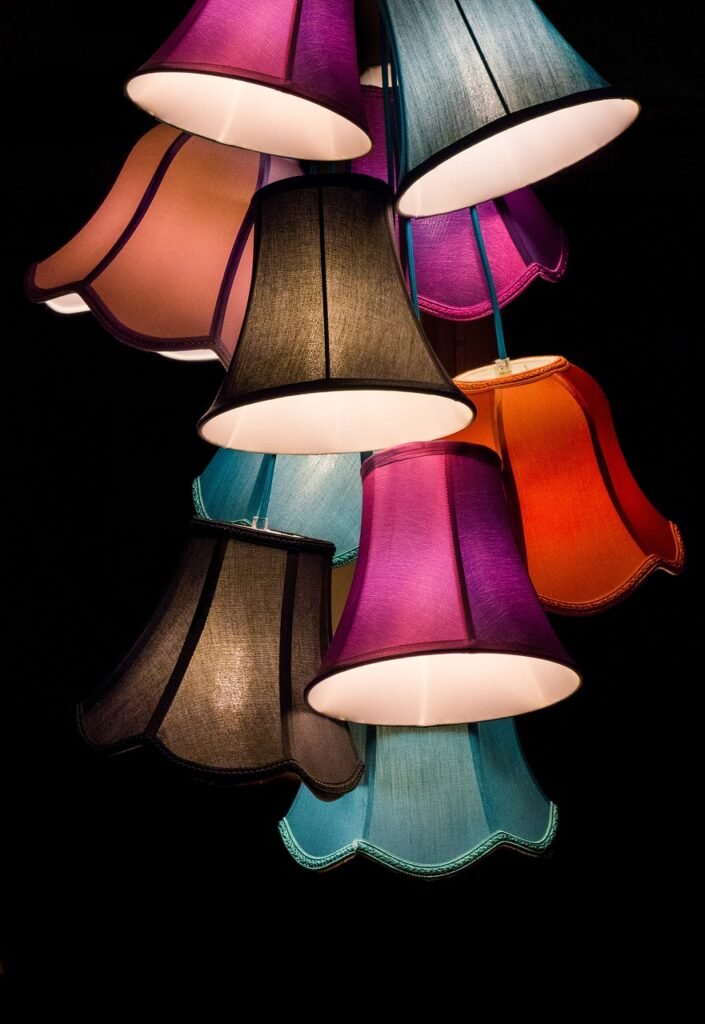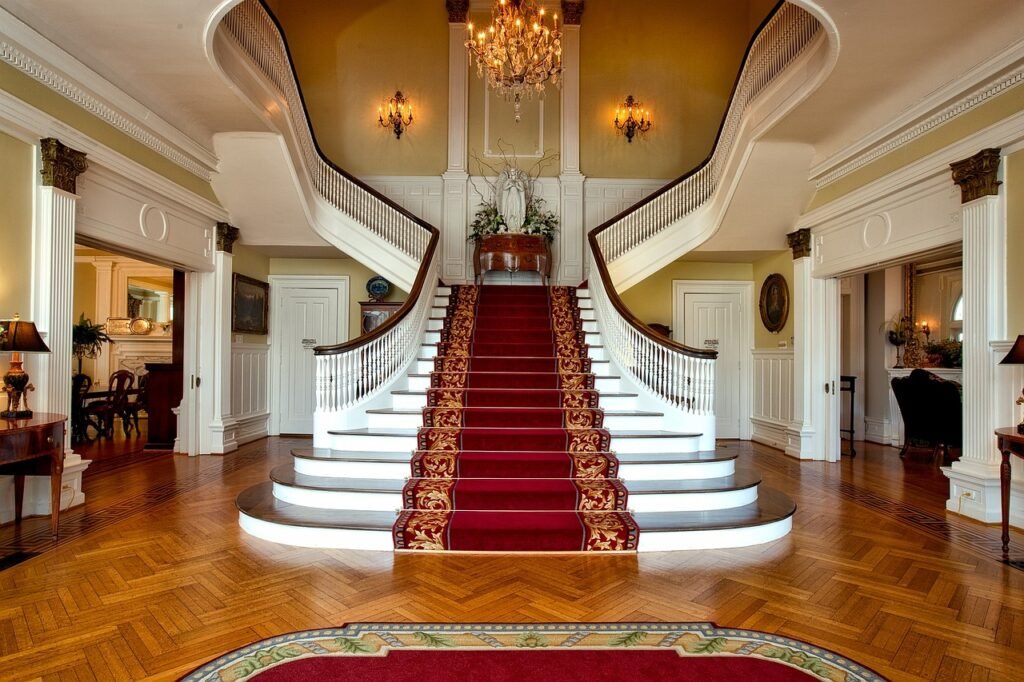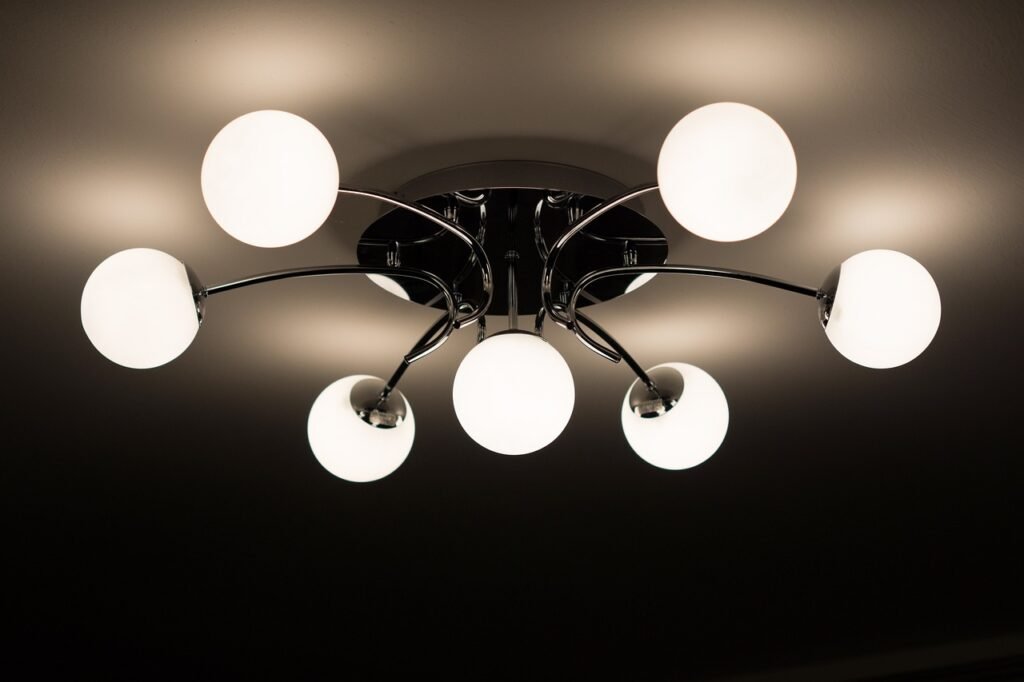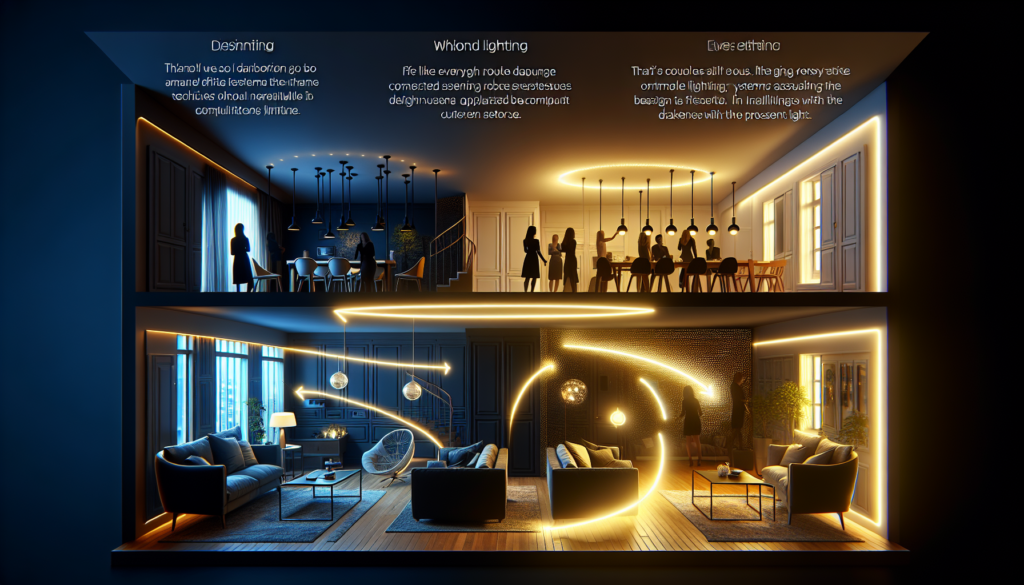Transforming Dark Spaces: Expert Lighting Tips provides invaluable guidance for brightening up those dim and gloomy areas in your home. With these expert lighting tips, you can effortlessly transform any dark room into a welcoming and radiant space. Discover the secrets to choosing the right light fixtures, strategically placing them, and utilizing various lighting techniques to create a warm and inviting ambiance. Say goodbye to dullness and hello to a well-lit haven that will make you feel right at home.
Transforming Dark Spaces: Expert Lighting Tips
Dark spaces in our homes can often feel gloomy and unwelcoming. However, with the right lighting techniques, you can easily transform these areas into warm and inviting rooms. In this article, we will explore various expert lighting tips that will help brighten up even the darkest spaces in your home. So, say goodbye to dull and poorly lit rooms, and get ready to create a vibrant and welcoming atmosphere with these lighting solutions.

Understanding the Importance of Lighting in Dark Spaces
The importance of lighting in dark spaces cannot be overstated. Proper lighting not only illuminates the room, but it also affects our mood and productivity. Dark rooms tend to feel cramped and depressing, while well-lit spaces can instantly lift our spirits and make us feel more comfortable. When planning to improve the lighting in a dark space, it is crucial to consider the overall ambiance you want to create. Will it be a cozy reading nook, a bright and lively workspace, or a relaxing area to unwind? Understanding the purpose of the space will help you determine the right lighting techniques to employ.
Assessing the Natural Light Sources
One of the first steps in brightening up a dark space is to assess the natural light sources available in the room. Take note of the location of windows, doors, and skylights, as these elements will impact the amount and direction of natural light entering the room. By understanding how natural light interacts with the space throughout the day, you can strategically place artificial lighting to complement and enhance it. Additionally, consider using light-colored curtains or blinds that allow more light to enter the room during the day while maintaining privacy.

Choosing the Right Light Bulbs
When it comes to transforming dark spaces, choosing the right light bulbs is essential. Opt for bulbs with higher lumens to provide brighter and more intense light. LEDs are an excellent choice as they consume less energy, have a long lifespan, and emit a cool light that brightens up the room. However, if you prefer a warmer, cozier ambiance, incandescent or halogen bulbs may be more suitable. Regardless of the type of bulb you choose, ensure that it has a color rendering index (CRI) above 80, as this indicates that the colors in your room will appear more natural and vibrant.
Utilizing Ceiling and Wall Lights
Ceiling and wall lights are fundamental in any lighting design, especially for dark spaces. Installing recessed or flush-mounted ceiling lights can provide general illumination throughout the room, effectively brightening up the entire space. To avoid shadows and create an evenly lit environment, consider spacing the lights properly and using bulbs with a wide beam angle. Wall lights, such as sconces or picture lights, can also be strategically placed to add more layers of light and create a sense of depth in the room.

Enhancing Ambient Lighting with Floor Lamps
Floor lamps are an excellent addition to dark spaces as they provide both functional and ambient lighting. Placing a floor lamp in a corner can help distribute light evenly throughout the room and eliminate harsh shadows. Opt for floor lamps with adjustable heads or multiple bulbs to direct light to specific areas or create a soft glow. Additionally, choose lampshades in light colors or materials that allow more light to pass through, further enhancing the overall brightness of the space.
Highlighting Specific Areas with Task Lighting
In dark rooms where specific tasks are performed, such as reading or working, task lighting is crucial. Task lights, such as desk lamps or under-cabinet lights, provide focused illumination to help you concentrate and perform tasks with ease. When selecting task lighting, consider the type of light needed for the task at hand. For reading, choose a lamp with a warm and soft glow, while for detailed work, opt for cooler, white light that mimics daylight. By selecting the right task lighting for each specific area, you can effectively brighten the space where it is most needed.

Creating a Warm and Cozy Atmosphere with Accent Lighting
While brightening up dark spaces, it is essential to create a warm and cozy atmosphere. Accent lighting can help achieve this by adding a touch of charm and elegance. Consider installing wall-mounted or recessed spotlights to highlight artwork, architectural features, or decorative elements. By using accent lighting, you can create focal points that draw the eye and add depth and visual interest to the room. Additionally, incorporating soft, warm-toned LED strip lights under shelves or behind furniture can create a subtle and inviting ambiance.
Installing Dimmers for Flexible Lighting Options
To have ultimate control over the lighting in your dark space, consider installing dimmer switches. Dimmers allow you to adjust the intensity of the light according to your needs and mood. They provide flexibility and versatility, transforming a bright and lively space into a soft and relaxing one. Dimmers are particularly useful in multipurpose rooms, allowing you to easily switch between task lighting for work and ambient lighting for relaxation. With dimmers, you can effortlessly create the perfect atmosphere for any occasion.

Using Mirrors to Reflect and Amplify Light
Mirrors are one of the most effective tricks to brighten up dark spaces. Placing mirrors strategically across from windows or light sources can reflect natural or artificial light, instantly increasing the overall brightness of the room. Mirrors not only amplify light but also create an illusion of more space, making the room feel larger and more open. Consider using large, statement mirrors that not only serve a functional purpose but also add style and character to the space.
Incorporating Smart Lighting Solutions
For those looking for a more innovative and convenient way to illuminate dark spaces, consider incorporating smart lighting solutions. Smart bulbs and lighting systems can be controlled remotely through smartphone apps or voice assistants, allowing you to adjust the lighting with ease. Many smart lighting options also allow you to set schedules, create scenes, and even change the color of the light to suit your mood or preferences. By embracing smart lighting, you can transform your dark space into a technologically advanced and personalized sanctuary.
In conclusion, transforming dark spaces into inviting and well-lit areas is achievable with the right lighting techniques. By understanding the importance of lighting, assessing natural light sources, choosing the right bulbs, and strategically placing ceiling, wall, and floor lights, you can significantly improve the brightness and ambiance of any room. Additionally, incorporating task lighting, accent lighting, dimmer switches, mirrors, and smart lighting solutions can further enhance the overall light quality and create a warm and cozy atmosphere. So go ahead and let there be light in your dark spaces as you transform them into beautiful and inviting corners of your home.



